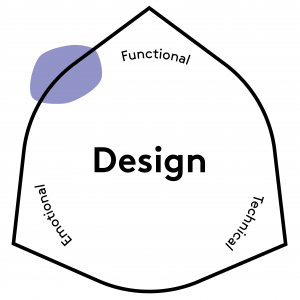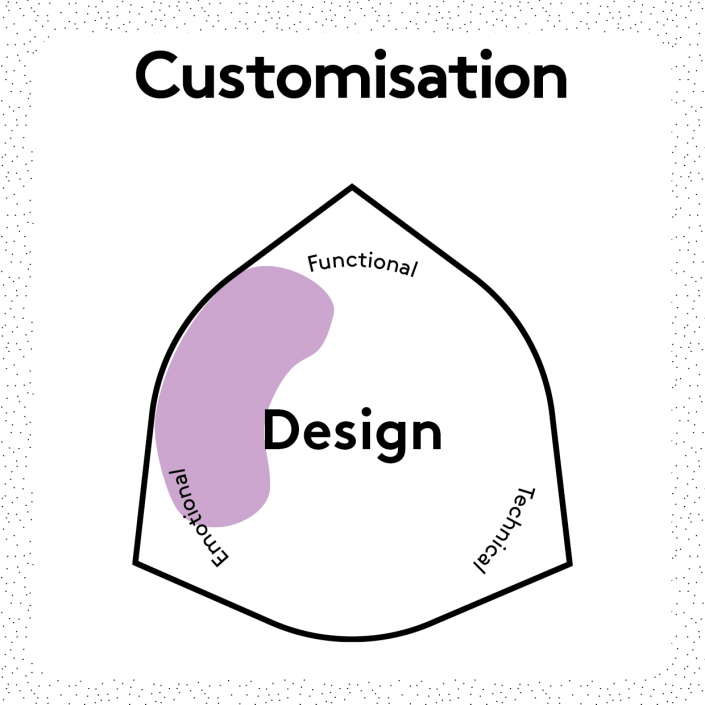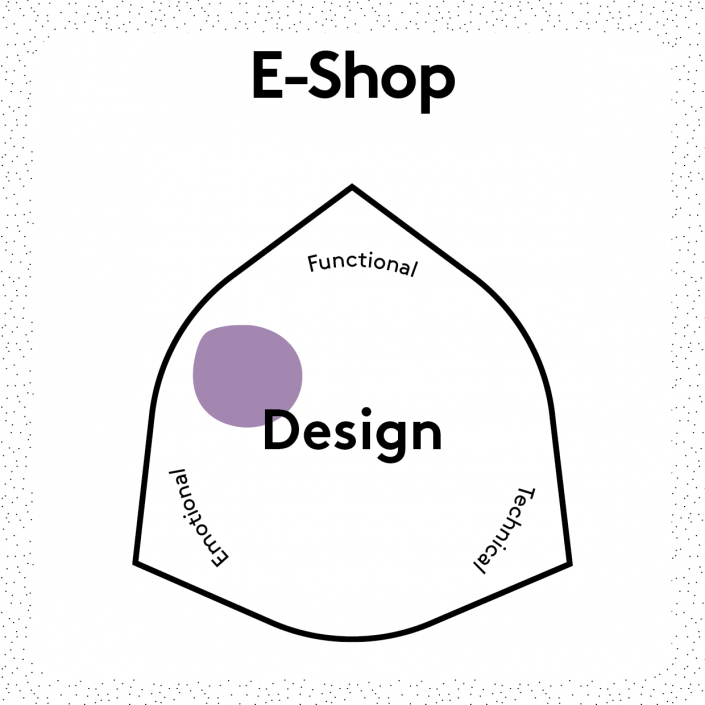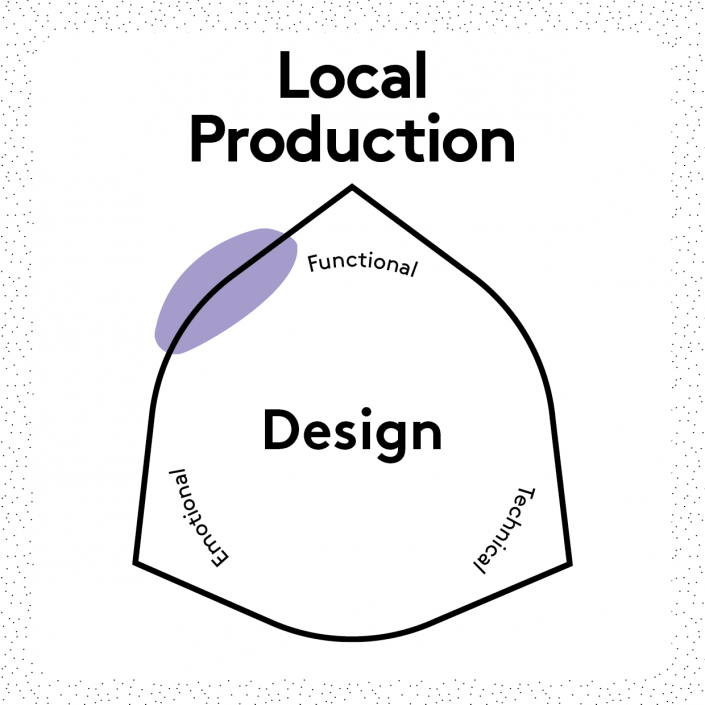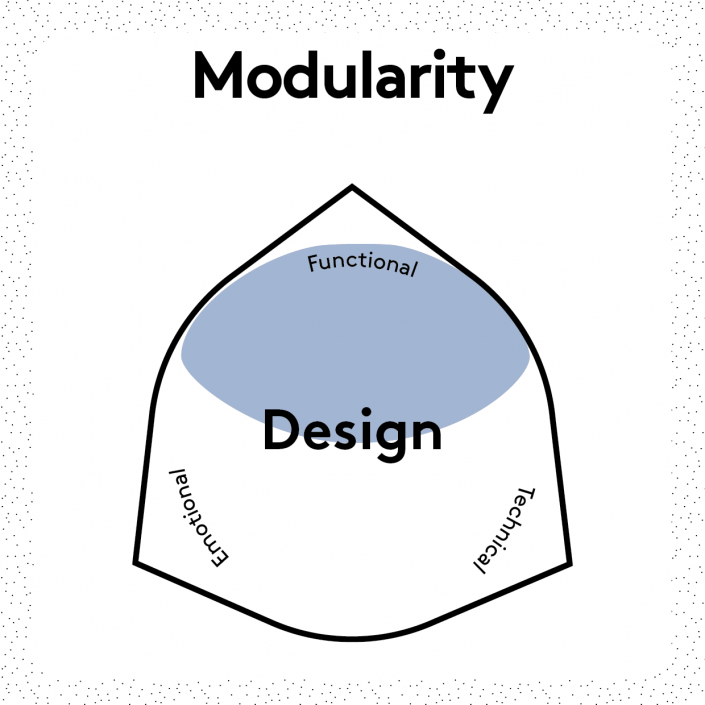What?
Products get manufactured only once a user has placed an order. The concept is also called Manufacturing on Demand (MoD) and Demand-driven Manufacturing (DdM).
Why?
Less over-production can reduce overall resource wastage.
Challenges
- The user may find it difficult to understand the product if it is not physically available.
- Users must be patient due to increased time between purchase and acquisition.
Examples
- Pre-order options as offered by EE12 or TwoThirds ensure minimal stocks and less garment wastage.
- Unmade‘s demand-driven software for the fashion industry.
- Crowdfunding-based models ensure customer demand before initiating production, and can enable user-funded small scale projects, such as cultural initiatives or media production. See Kickstarter or Indiegogo, and e.g. the podcast 99% Invisible.
- Digital manufacturing services such as Hubs.
Further Reading
Hagel et al. (2015). The Future of Manufacturing: Making Things in a Changing World. Deloitte University Press.
Montes & Olleros (2020). Local On-Demand Fabrication: Microfactories and Online Manufacturing Platforms. Journal of Manufacturing Technology Management, 32(1), 20-41.
Pal & Gander (2018). Modelling Environmental Value: An Examination of Sustainable Business Models Within the Fashion Industry. Journal of Cleaner Production, 184, 251-263.

